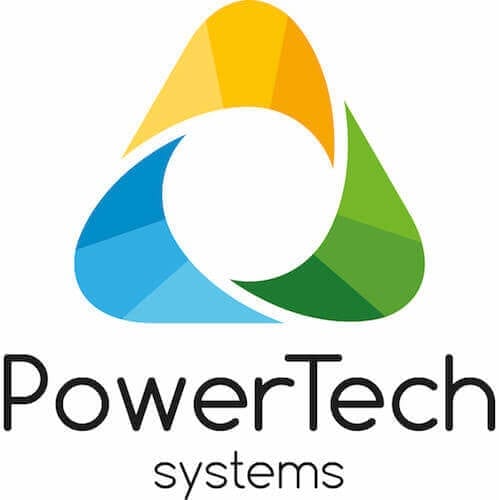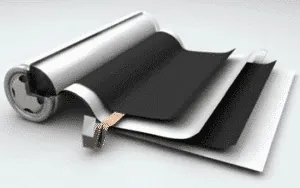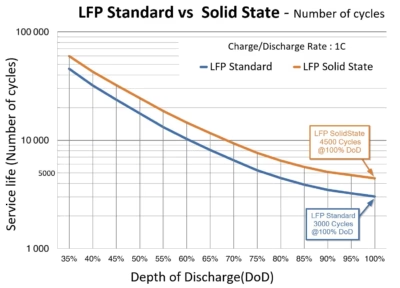
Subscribe to Newsletter
We will send you news from PowerTech Systems on a regular basis.
Maximum one email per month
Please fill-in right form with your contact details and click "Register"
[sibwp_form id=1]

Lithium Ferro Phosphate technology (also known as LFP or LiFePO4), which appeared in 1996, is replacing other battery technologies because of its technical advantages and very high level of safety.
Due to its high power density, this technology is used in medium-power traction applications (robotics, AGV, E-mobility, last mile delivery, etc.) or heavy-duty traction applications (marine traction, industrial vehicles, etc.)
Also, the long service life of the LFP and the possibility of deep cycling make it possible to use LiFePO4 in energy storage applications (stand-alone applications, Off-Grid systems, self-consumption with battery) or stationary storage in general.
To summarize, here is the major advantages list of Lithium Iron Phosphate technology:

Lithium Iron Phosphate technology is that which allows the greatest number of charge / discharge cycles. That is why this technology is mainly adopted in stationary energy storage systems (self-consumption, Off-Grid, UPS, etc.) for applications requiring long life.
The actual number of cycles that can be performed depends on several factors:
The chart below shows the estimated number of cycles for our LFP Standard and LFP SolidState cells. The test conditions are those of a laboratory (constant temperature of 25 ° C, constant charge and discharge power ).

In standard environment, and for 1C cycles, we can get from the chart the below life cycle estimation for LFP :
It should be noted that following the number of completed cycle, the batteries still have a nominal capacity > 80% of the original capacity.